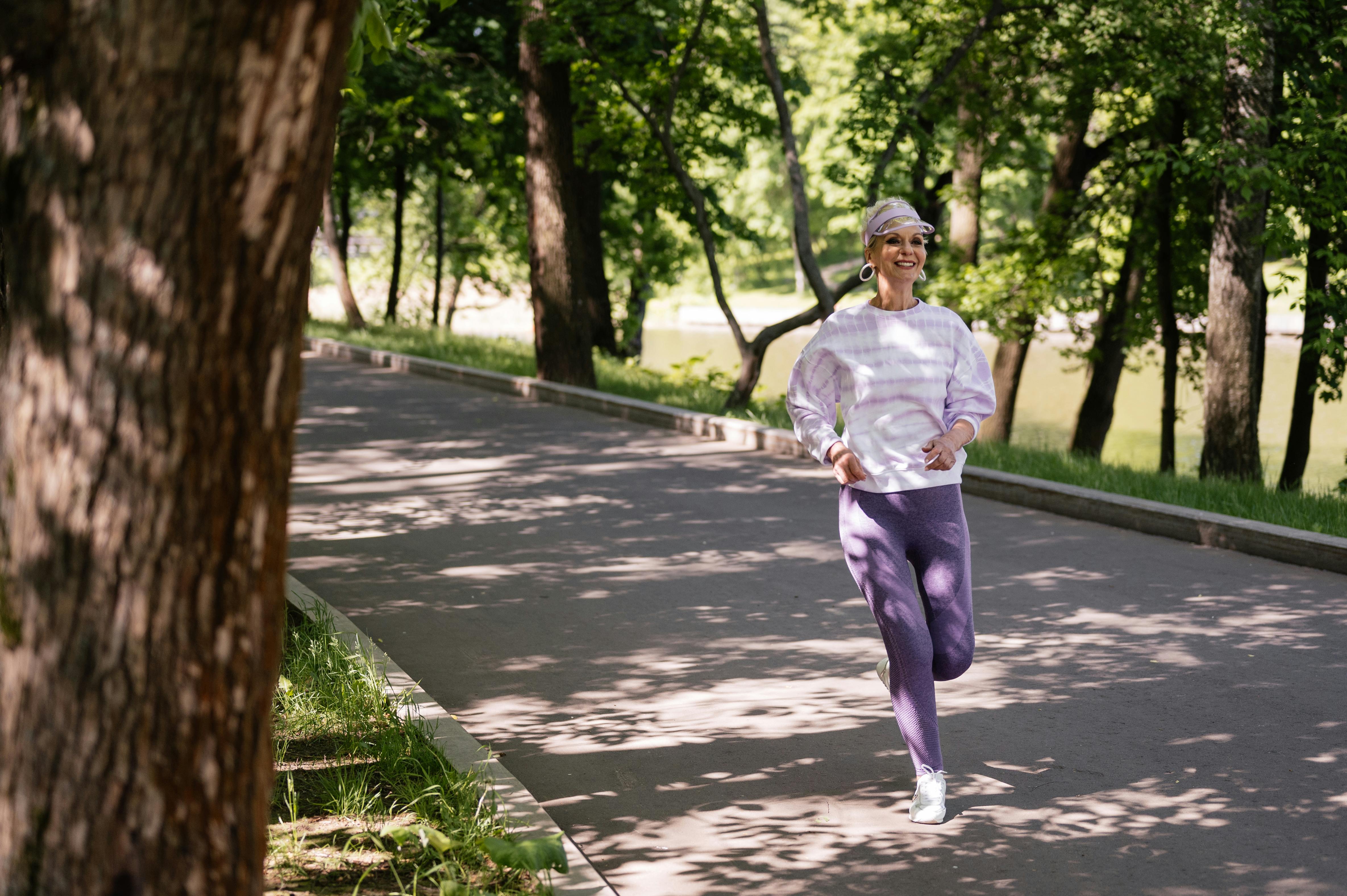Staying Fit as You Age: How to Evolve Your Exercise Routine

As we age, maintaining physical fitness becomes increasingly important for overall health, longevity, and quality of life. However, the workout routine that worked in your 20s or 30s may not be as effective or appropriate in your 50s or beyond. The key to staying fit as you age is to evolve your exercise routine in ways that support mobility, strength, endurance, and flexibility, while minimizing the risk of injury. Here’s how to adapt your fitness routine to ensure you remain healthy, strong, and active as the years go by.
1. Focus on Functional Strength Training
Strength training is vital at any age, but it becomes especially important as you get older. Muscle mass naturally decreases with age, a process called sarcopenia, which can lead to weakness and reduced mobility if left unchecked. To counteract this, incorporate strength training exercises that focus on functional movements. These exercises mimic everyday activities and help improve balance, stability, and coordination. Squats, lunges, and resistance band exercises are great for maintaining muscle strength without putting excessive strain on your joints.
As you age, it’s important to shift from lifting heavy weights to focusing on lighter weights with higher repetitions. This approach reduces the risk of injury while still providing the muscle stimulation needed to maintain strength.
2. Incorporate Low-Impact Cardiovascular Exercise
Cardiovascular exercise is essential for heart health, maintaining a healthy weight, and improving overall endurance. However, as you age, high-impact cardio exercises, such as running or jumping, can be harsh on your joints, particularly your knees and hips. Consider switching to lower-impact activities like walking, swimming, cycling, or using an elliptical machine. These exercises provide the cardiovascular benefits you need without the risk of joint damage.
Swimming, in particular, is a full-body workout that is gentle on the joints while improving cardiovascular health, strength, and flexibility. Incorporating regular low-impact cardio sessions can keep your heart strong and your energy levels high.
Read more: 10 Low-Impact Workout Moves That Burn Fat
3. Prioritize Flexibility and Mobility

As the body ages, flexibility and mobility tend to decrease, which can lead to stiffness and limited range of motion. Incorporating stretching and mobility exercises into your routine is crucial to maintain flexibility and prevent injury. Yoga, Pilates, and tai chi are excellent options that help improve flexibility, balance, and muscle control. These practices also offer mental health benefits, such as stress reduction and improved mindfulness, making them a valuable addition to any fitness routine.
Spending 10-15 minutes stretching after each workout or incorporating a full mobility session once or twice a week can enhance flexibility and keep you moving comfortably as you age.
4. Emphasize Recovery and Rest
Recovery becomes increasingly important as you age. Your body may take longer to recover from workouts, so it’s important to listen to your body and allow adequate rest between intense exercise sessions. Incorporating activities like gentle yoga or walking on rest days can promote recovery without adding additional strain.
Additionally, getting sufficient sleep is critical for muscle repair and overall wellness. Aim for 7-9 hours of quality sleep each night to help your body recover and maintain energy levels.
Read more: 5 Recovery Tips for Post-Workout Fatigue
5. Stay Consistent and Listen to Your Body
As you evolve your exercise routine, consistency remains key. Regular physical activity is vital to maintaining fitness and health at any age. However, it’s equally important to listen to your body and adjust your routine based on how you feel. If certain exercises cause discomfort or pain, modify them or try alternative movements. Pay attention to your body’s signals and avoid pushing through pain, as this can lead to injury.
Conclusion
Staying fit as you age requires an adaptable approach that prioritizes functional strength, low-impact cardio, flexibility, and adequate recovery. By evolving your workout routine to meet the needs of your aging body, you can continue to enjoy an active, healthy lifestyle well into your later years. Remember to listen to your body, stay consistent, and focus on exercises that enhance your overall well-being without risking injury. With the right approach, aging can be an opportunity to redefine fitness in ways that support both body and mind.
Need a Great Workout Routine for Your Pro Cheer Audition Prep?
Pro cheerleaders stay fit, flexible, and strong so they can give out their best performance in the arena. However, achieving that wow-worthy, toned physique doesn’t happen overnight. You need to arm yourself with the right daily workouts.
Thinking of becoming a pro cheerleader?
We are offering you our fun, FREE (for a LIMITED time) POM FIT™ INTRO CLASS that teaches you beginner-friendly cardio moves.
To take your cheerleading fitness to the next level, we also have POM FIT™: GAMEDAY1™ - a series of challenging full-body cardio classes that include a body stretch class, kick stretch class, abdominal workout class, and more.
Join a POM FIT™ class below:
POM FIT™ INTRO CLASS (Free for a LIMITED time)



